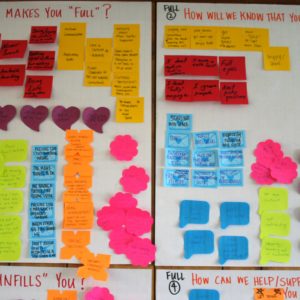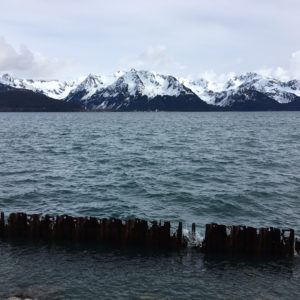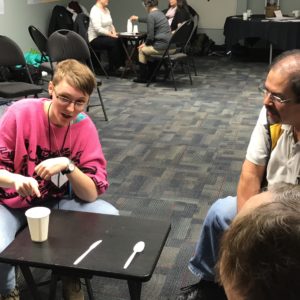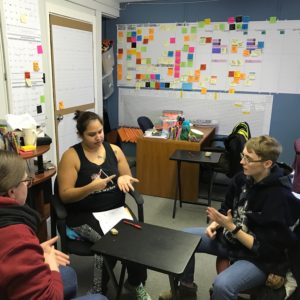Greetings, friends. Today we have a guest blog from Julia Fine, a WAYK regular, sharing what they’ve been doing at Stanford University, and a bit about what we’ll be doing this upcoming summer…
Hello WAYK-players! Here at Stanford, there have been several exciting WAYK-related developments over the past few weeks.

“We Still Live Here”
At a recent screening of the film “We Still Live Here”, we had informative presentations about language revival from U.C. Berkeley students Maryrose Barrios and Justin Spence, Stanford/Berkeley almnus Kayla Carpenter, and Emeritius Linguist Leanne Hinton. Then we heard the film-maker, Anne Makepeace, talk about her experiences documenting the Wampanoag tribe’s impressive language revitalization efforts. With the aid of tribe member Jessie Little Doe Baird, who took initiative by obtaining a linguistics degree from MIT and organizing an immersion school, Wampanoag is making a comeback and even has one native speaker (Jessie’s daughter). For those who would like to know more about the film, you can find more information here: http://www.makepeaceproductions.com/wampfilm.html. It is highly recommended!
“First we think, then we speak”: Navajo in WAYK
David, Miguel and I had the pleasure of meeting Professor William Nakai, who teaches Navajo language classes at Stanford, at the “We Still Live Here” screening. We played a few rounds of Where Are Your Keys? in Navajo, using the magic question “What is that?” to get some nouns and yes/no expressions. It was a lot of fun, and we started to suspect that Navajo does some really *fascinating* things with its nouns. Professor Nakai graciously invited us to come demonstrate Where Are Your Keys? at his beginning Navajo class to give the students a chance to work on pronunciation and oral fluency. We gathered our cups, lanyards, phones, and dollars as props, and had a great time doing everything from “Where?” conversations, to commands, to tenses. Professor Nakai had an insight into the fundamental idea of Where Are Your Keys?: he told us that in Navajo culture, it is important to remember that “First we think, then we speak”. Where Are Your Keys? can sync up our mental processes with speech so that we actually understand what we’re saying as we say it.
Multi-Language Thursdays
Every Thursday night, the Stanford Where Are Your Keys? club has been playing WAYK in a variety of languages. So far we’ve done some Chinese, some Arabic, and a little Japanese, French, Navajo and Hindi! It’s interesting to see how different languages map out, and how to adjust the order of rides to reflect the most natural learning process.

Overview of plans for the summer…
This summer, Where Are Your Keys? will be working with AlterNative Soulutions, a tribal non-profit, to revitalize the Salish and Kootenai languages on the Flathead Reservation in Montana. Both of these languages are in severe danger, with Kootenai being the most threatened. However, with the guidance of April Charlo, Salish educator and Where Are Your Keys? player extraordinaire, we hope to give new life to Salish and Kootenai. We will help a group of about ten speakers to build fluency while they themselves become teachers of the language. Stay tuned for further updates!
Image credits:
https://www.stanford.edu/dept/anthropology/cgi-bin/web/?q=node/1095
http://www.montanatribes.org/links_&_resources/tribes/images/Salish600.jpg




